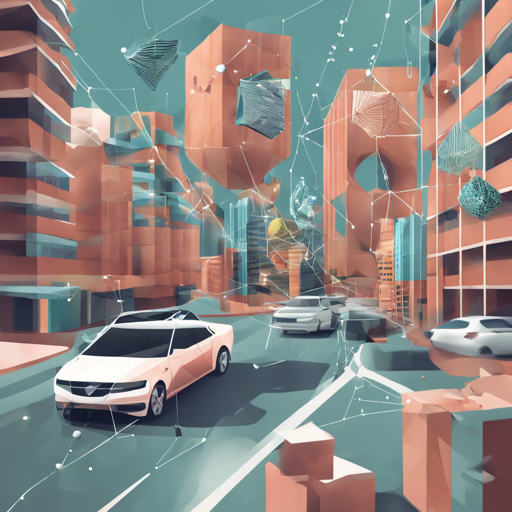The Deformable DETR model represents a breakthrough in the realm of object detection. Utilizing an end-to-end trained architecture with a ResNet-50 backbone, this model has shown impressive results on the COCO (Common Objects in Context) dataset, which consists of 118k annotated images. In this article, we will guide you through how to implement and utilize this powerful tool for effectively detecting objects in images.
Understanding the Deformable DETR Model
The Deformable DETR model is like a smart assistant that helps to identify various items in a cluttered room. Imagine walking into a room filled with all sorts of things: furniture, books, and decorations. Now, imagine having an assistant who knows exactly what to look for — whether it’s a chair or a book — and can point them out to you from among all the clutter. This is quite similar to the way Deformable DETR operates using object queries.
In this model:
- The model is built on a transformer architecture that utilizes an encoder-decoder framework.
- It incorporates a convolutional backbone, meaning it uses convolutional layers to extract features from images.
- Each object query identifies a specific object within an image, with a total of 100 queries established to facilitate detection.
- The Hungarian algorithm plays a vital role in optimizing the model by performing a one-to-one mapping of predicted objects to their ground truth annotations.
The result? An advanced model capable of recognizing and localizing various objects in numerous contexts, whether it’s a savanna, a football match, or an airport.
Getting Started: Installation and Code Utilization
Ready to dive into using the Deformable DETR model? Follow these simple steps:
python
from transformers import AutoImageProcessor, DeformableDetrForObjectDetection
import torch
from PIL import Image
import requests
# Load image from COCO dataset
url = "http://images.cocodataset.org/val2017/000000397689.jpg"
image = Image.open(requests.get(url, stream=True).raw)
# Load the processor and model
processor = AutoImageProcessor.from_pretrained("SenseTime/deformable-detr")
model = DeformableDetrForObjectDetection.from_pretrained("SenseTime/deformable-detr")
# Prepare inputs for the model
inputs = processor(images=image, return_tensors="pt")
outputs = model(**inputs)
# Process the outputs
target_sizes = torch.tensor([image.size[::-1]])
results = processor.post_process_object_detection(outputs, target_sizes=target_sizes, threshold=0.7)[0]
# Display results
for score, label, box in zip(results['scores'], results['labels'], results['boxes']):
box = [round(i, 2) for i in box.tolist()]
print(f"Detected {model.config.id2label[label.item()]} with confidence "
f"{round(score.item(), 3)} at location {box}")
This code snippet will equip you to load an image and leverage the model to detect objects, displaying their class and location with confidence levels.
Troubleshooting Your Implementation
In case you encounter any issues during your implementation, here are some troubleshooting ideas:
- Make sure that all required packages and dependencies (like transformers and torch) are correctly installed.
- Check if the model’s pre-trained weights are correctly downloaded by using the right model identifier.
- If you don’t see the expected output, consider adjusting the confidence threshold in the `post_process_object_detection` method.
For more insights, updates, or to collaborate on AI development projects, stay connected with fxis.ai.
Conclusion
The Deformable DETR model serves as a sophisticated tool in the object detection landscape, making the process of identifying and localizing objects both efficient and effective. By adopting an agile and responsive approach similar to a capable assistant in a complex environment, this model can significantly enhance the accuracy of object detection tasks.
At fxis.ai, we believe that such advancements are crucial for the future of AI, as they enable more comprehensive and effective solutions. Our team is continually exploring new methodologies to push the envelope in artificial intelligence, ensuring that our clients benefit from the latest technological innovations.

